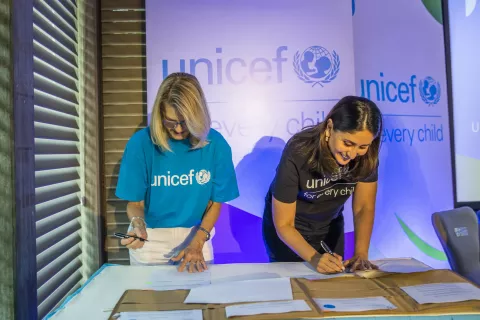Community sanitary complexes in rural India
An assessment for system strengthening with specific reference to Phase II of the Swachh Bharat Mission

Highlights
To improve sanitation facilities nationwide, the Government of India (GoI) launched the flagship sanitation campaign, Swachh Bharat Mission (SBM), in 2014. The campaign's first phase concluded in 2019, with all Indian villages, states and union territories declaring themselves "open-defecation free" (ODF).
Further, the Government of India has emphasized the construction of Community Sanitary Complexes (CSCs) along with Solid and Liquid Waste Management (SLWM) in Swachh Bharat Mission – Grameen Phase-II to attain the status of ODF plus village. CSCs are important as they address the unmet need for sanitation in households that do not have individual household latrines; due to a lack of space or are part of a floating population or areas where a large crowd gathers. CSCs are a necessary rural infrastructure provision to eliminate open defecation in villages.
The report assesses the community sanitary complexes (CSCs) constructed mainly under SBM(G) Phase II to understand their functionality and management for developing recommendations for strengthening CSC systems. The objective of the study was to evaluate the functionality of the CSCs facilities, their design, and accessibility, assess the status and types of Operational and Management (O&M) systems of CSCs, understand the CSC usage and satisfaction patterns among the beneficiaries, and lastly, develop recommendations to strengthen the overall operationalization of the CSCs.





